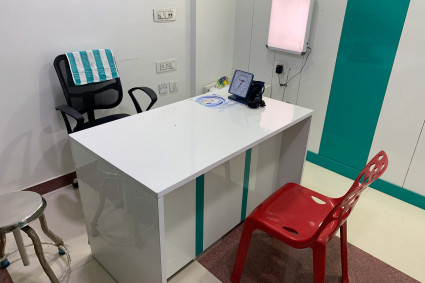
In today's diverse and inclusive society, addressing dietary restrictions in school lunch programs is of utmost importance. Catering to the diverse dietary needs among students ensures that all children can enjoy a safe and nutritious meal while fostering an environment of inclusivity and support. The importance of accommodating dietary limitations and its beneficial effects on students' health and academic performance are examined in this article.
Identifying Common Dietary Restrictions and Allergies
Understanding the various dietary restrictions that students may have is the first step towards creating a welcoming lunch environment. These limitations can include everything from religious dietary requirements and food allergies to physical ailments like celiac disease or lactose intolerance. Analyzing the prevalence of dietary restrictions among school-aged children allows schools to tailor their lunch programs accordingly.
Food allergies present unique challenges for both students and school administrators. Due to the possibility of being exposed to allergens, the lunchroom can become a possible cause of concern for students who have food allergies. Exploring the potential risks and consequences of allergen exposure emphasizes the need for stringent safety measures in school lunch programs.
Creating Allergen-Friendly Lunch Menus
Collaborating with parents is essential to gather comprehensive information about students' dietary needs. Engaging parents in the lunch planning process enables schools to better understand individual student requirements and preferences. Additionally, involving healthcare professionals provides valuable guidance on accommodating specific allergies and dietary restrictions.
To ensure students with allergies have access to balanced and appealing meal options, schools can provide creative substitutes for common allergens in their lunch menus. Offering nutritious alternatives for allergens like nuts, dairy, or gluten allows students to enjoy a variety of delicious and safe meals.
Implementing Safe Food Handling Practices
Educating cafeteria staff on proper food handling techniques is vital in preventing cross-contamination. Implementing protocols to avoid allergen exposure minimizes the risk of allergic reactions. Proper training and adherence to food safety practices ensure a safe lunchroom environment for all students.
Clear and accurate food labeling is crucial in helping students make informed choices about their meals. Displaying allergen information raises awareness among students and staff and promotes a safer lunch environment. Proper labeling also supports students in managing their dietary restrictions independently.
Promoting Nutritional Education and Healthy Eating Habits
Nutrition education plays a vital role in empowering students to make healthy food choices. By integrating nutrition lessons into the curriculum and lunchtime activities, schools promote a culture of wellness and encourage students to make informed decisions about their food.
Strategies for promoting self-awareness and responsibility in food selection can lead to a positive impact on students' well-being. Making healthy food choices with students encourages a sense of control over their eating habits and lays the groundwork for lifelong good eating habits.
Engaging the School Community in Inclusivity Efforts
Soliciting parent input and involving them in menu planning enables schools to tailor meals to meet students' individual dietary needs. Building a collaborative approach to lunch planning fosters a strong home-school partnership and promotes inclusivity within the school community.
Fostering empathy and understanding among students towards peers with dietary restrictions is essential for a supportive lunchroom environment. Organizing inclusive food events and activities that celebrate diversity promotes an atmosphere of acceptance and respect for all students.
Implementing cost-effective measures while maintaining the quality and safety of school lunches is crucial for school lunch programs. Maximizing resources and exploring creative solutions allow schools to provide inclusive meal options for all students within budgetary constraints.
Working closely with healthcare professionals and parents is vital in managing severe food allergies. Establishing emergency response protocols in case of allergen exposure ensures quick and effective action in the event of an allergic reaction.
The general wellbeing and academic achievement of students are significantly impacted by inclusive and secure school lunch programs. By understanding and accommodating dietary restrictions, schools create an environment where all students can thrive and feel supported. Continuous improvement and adaptation are key to meeting the changing dietary needs and preferences of students, ensuring that school lunch programs remain a positive and inclusive experience for every child.




